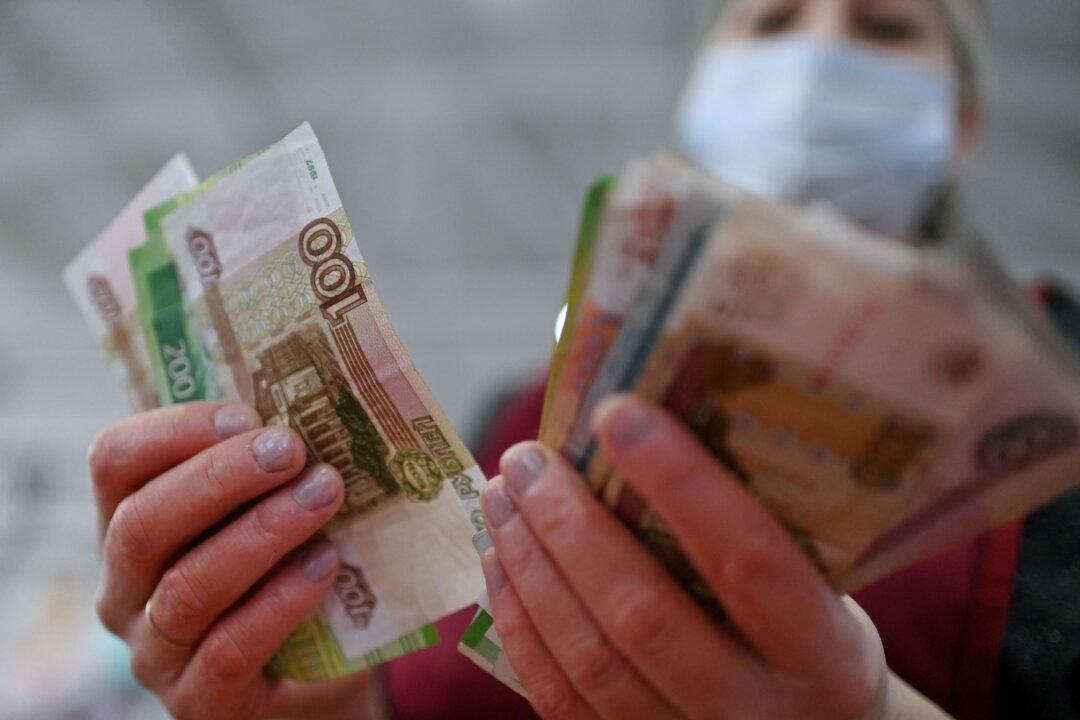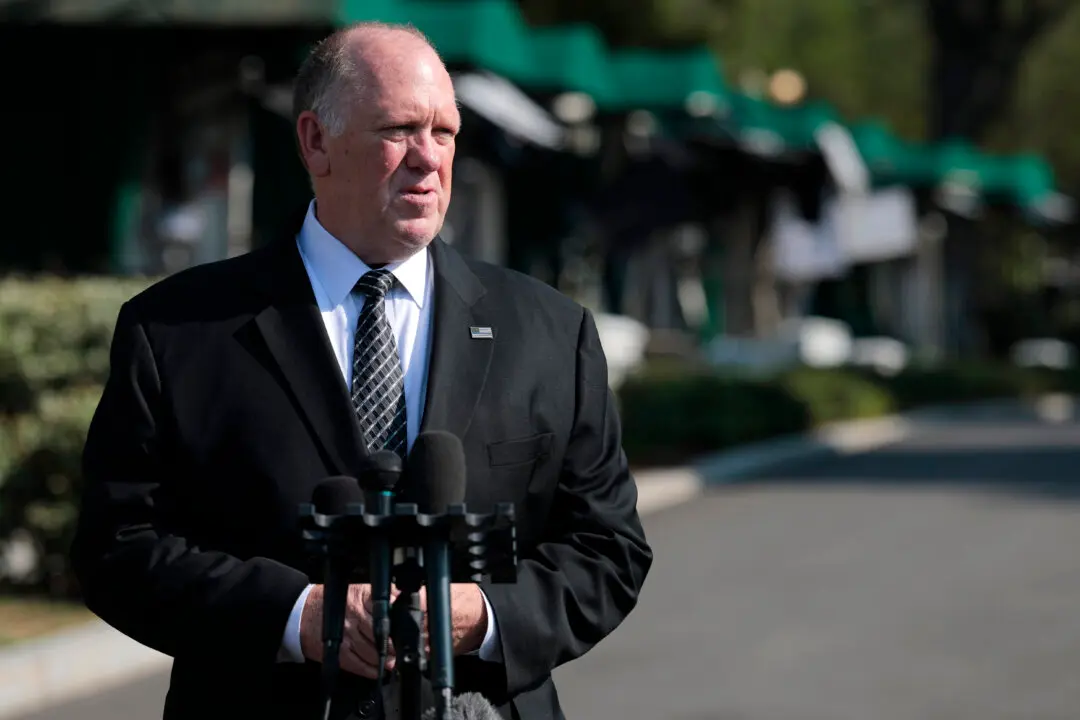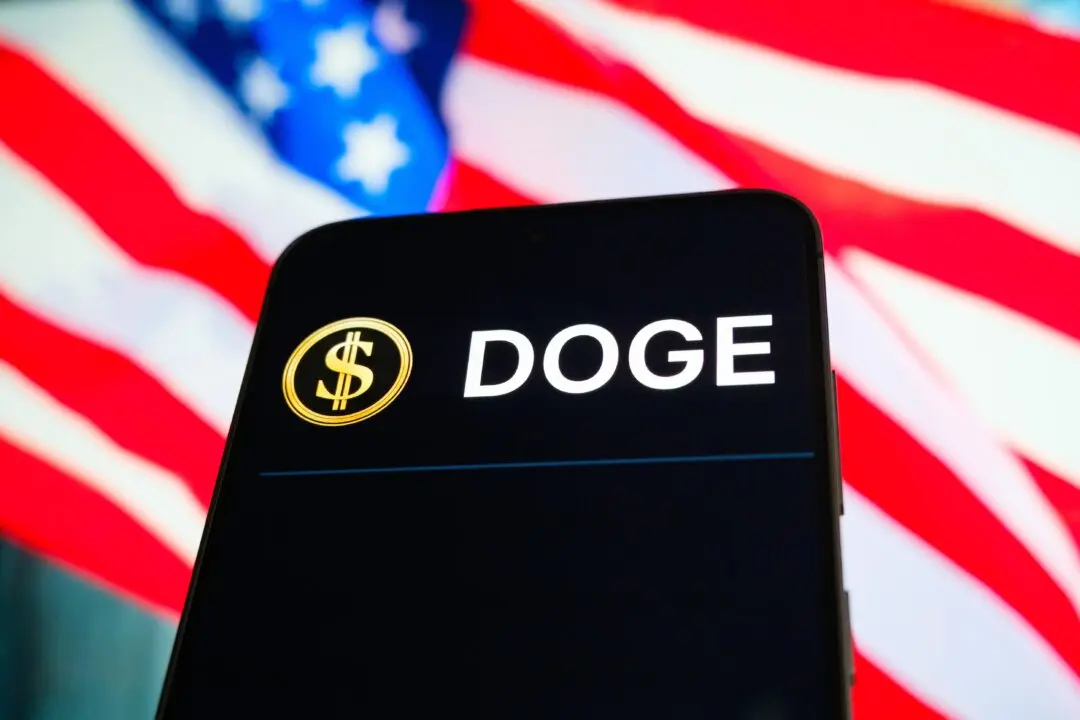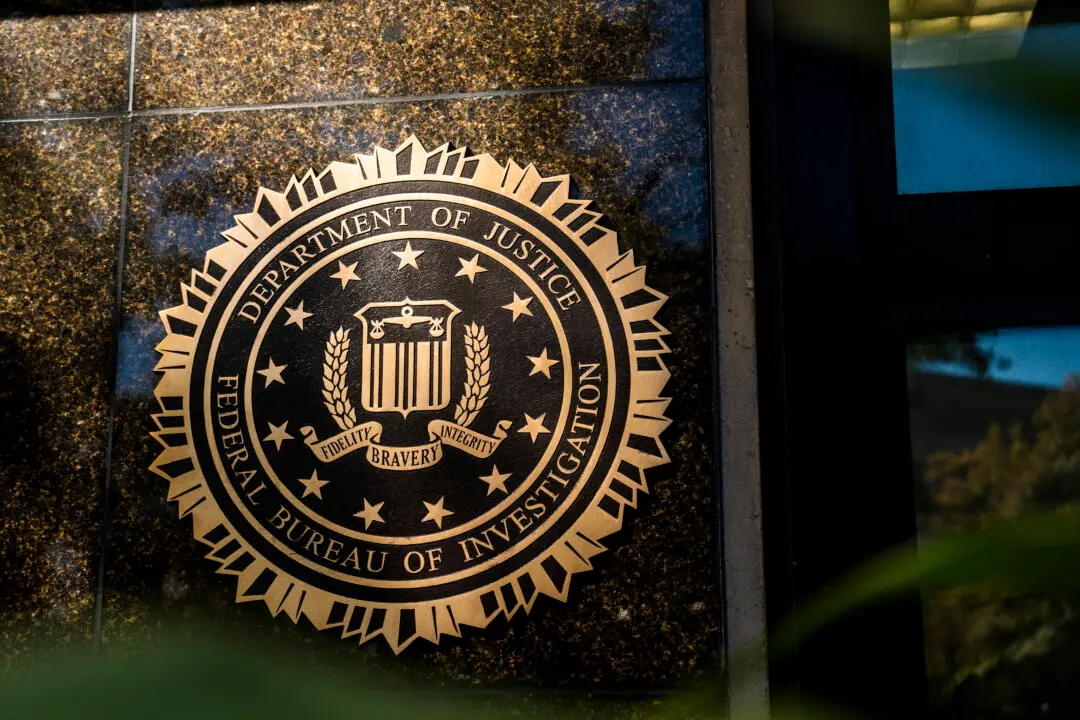A Kremlin spokesperson has insisted that Russia will survive the “emotional” financial market reaction to Moscow’s invasion of Ukraine as Western countries, including the United States, have begun sanctioning Russian entities while promising tougher punitive measures.
Russia has prepared enough safety tools to get through the market volatility, Russian diplomat Dmitry Peskov said on Feb. 24. Moscow is taking all steps necessary to ensure that the market reaction is limited to a brief time period.





